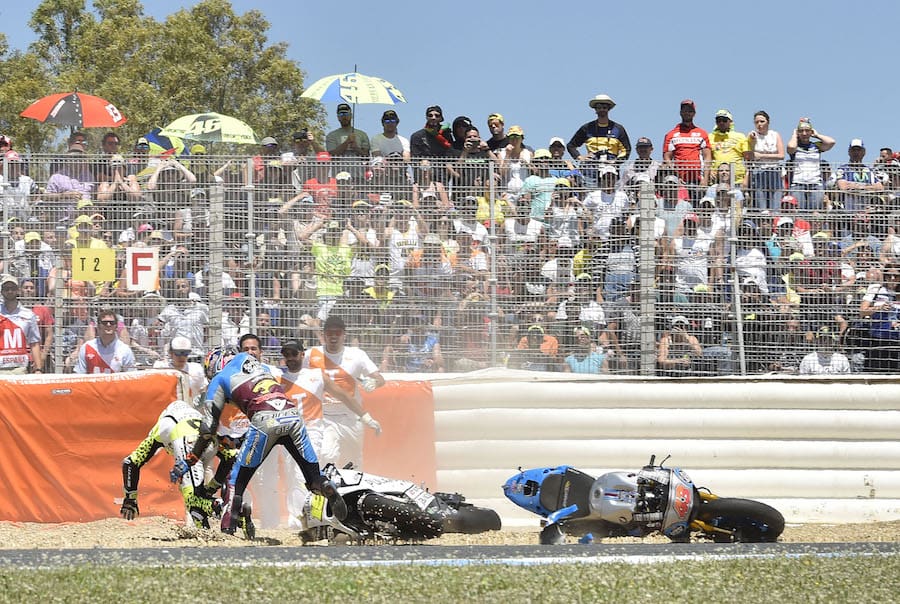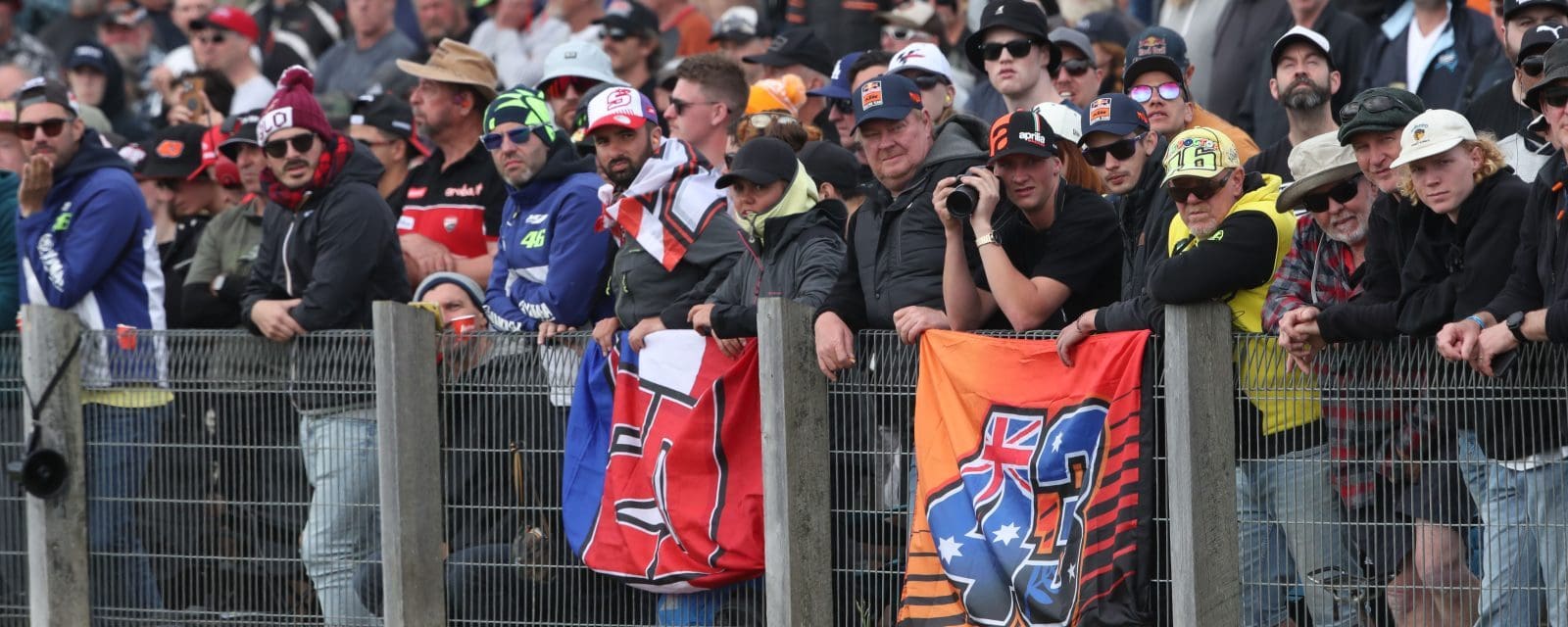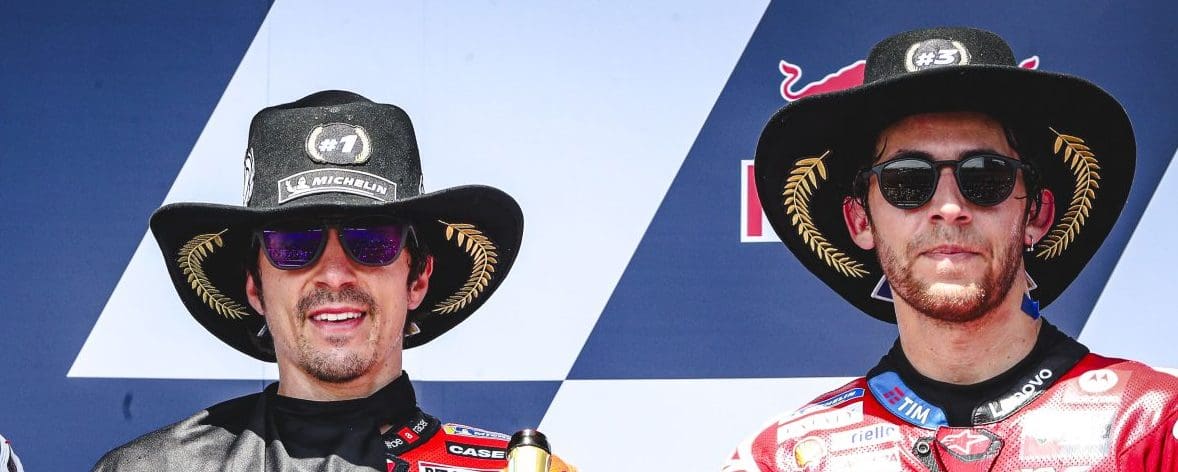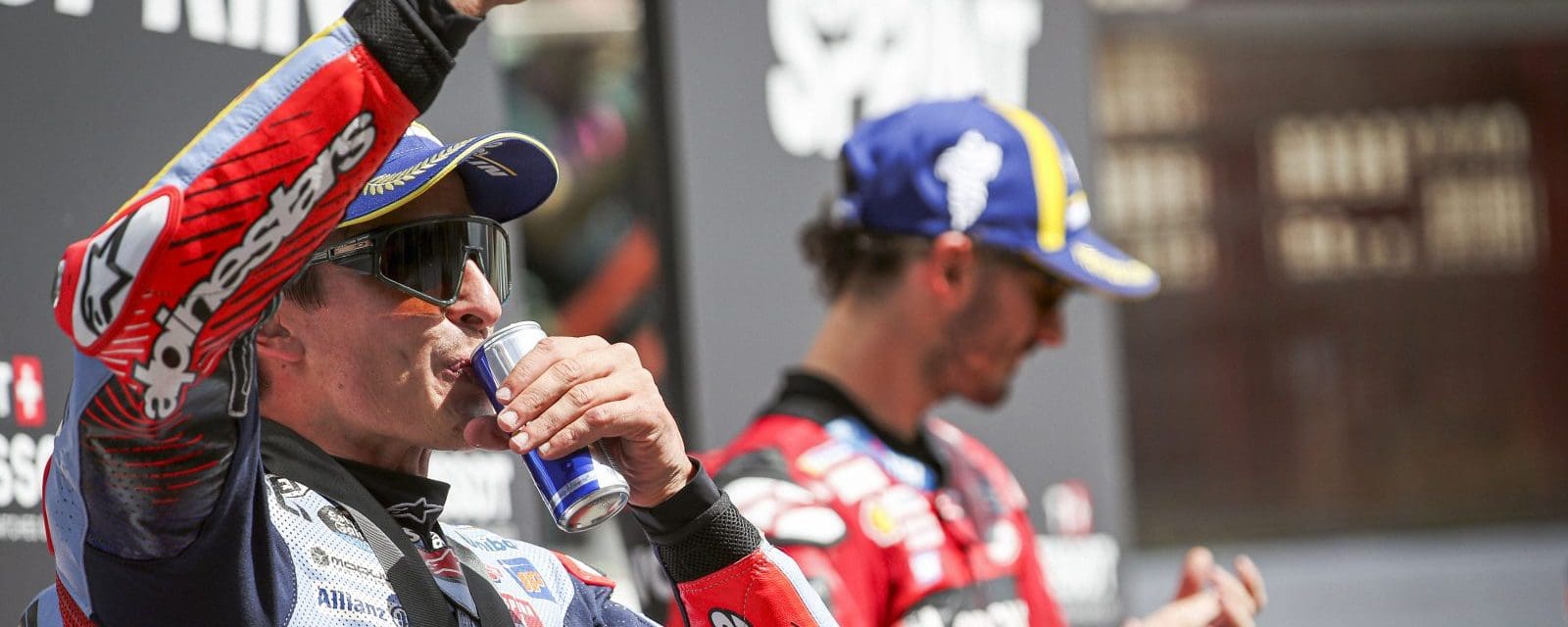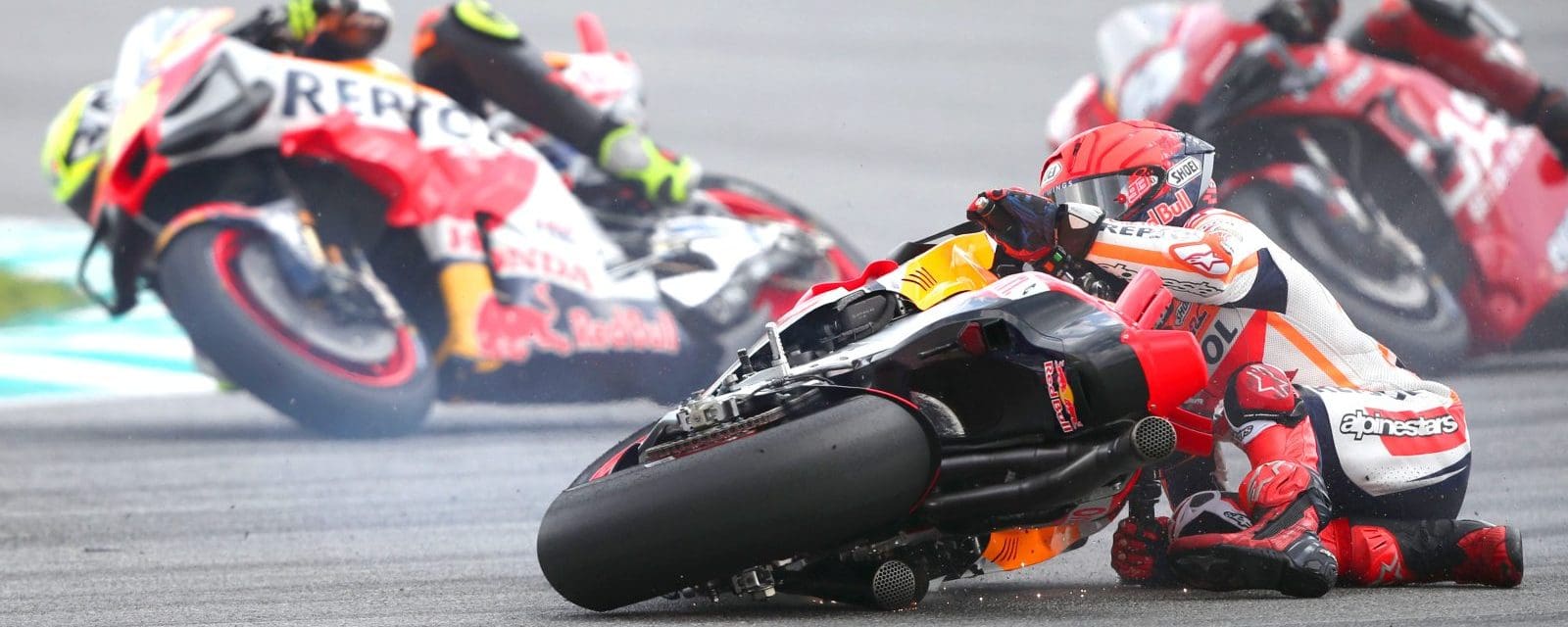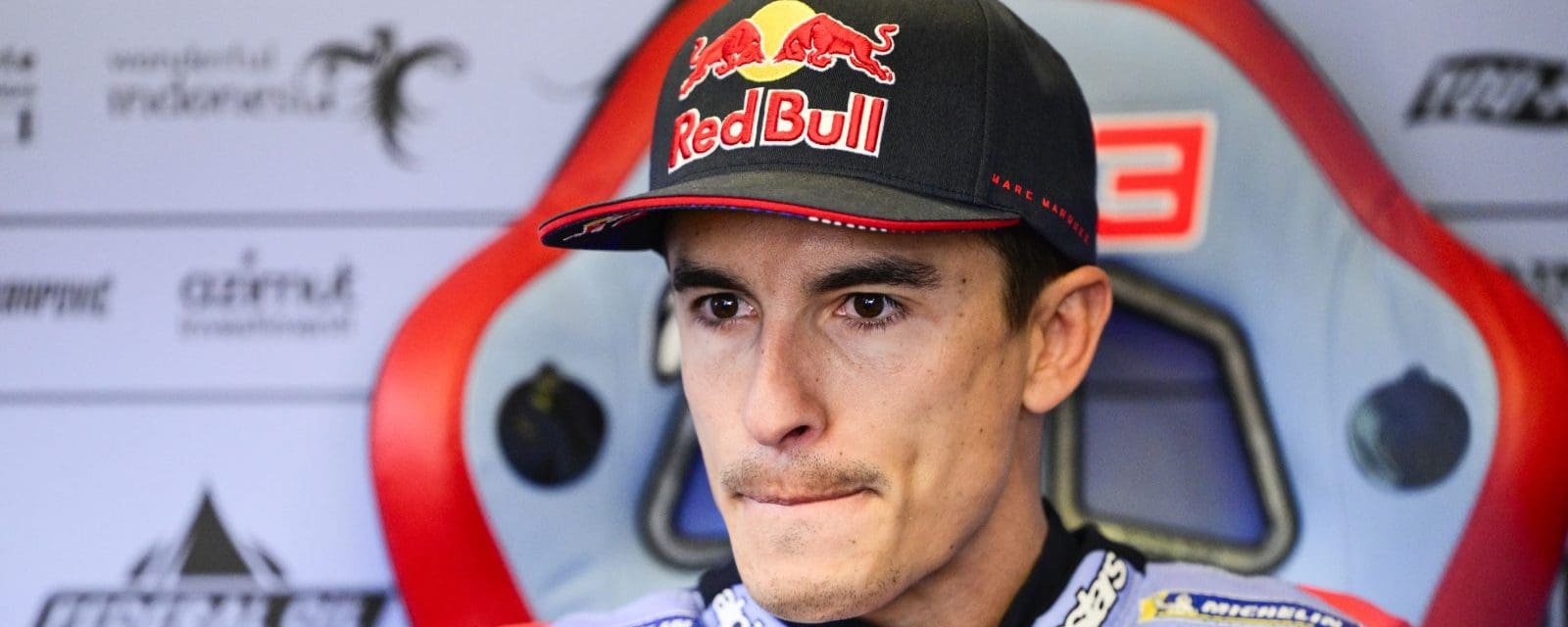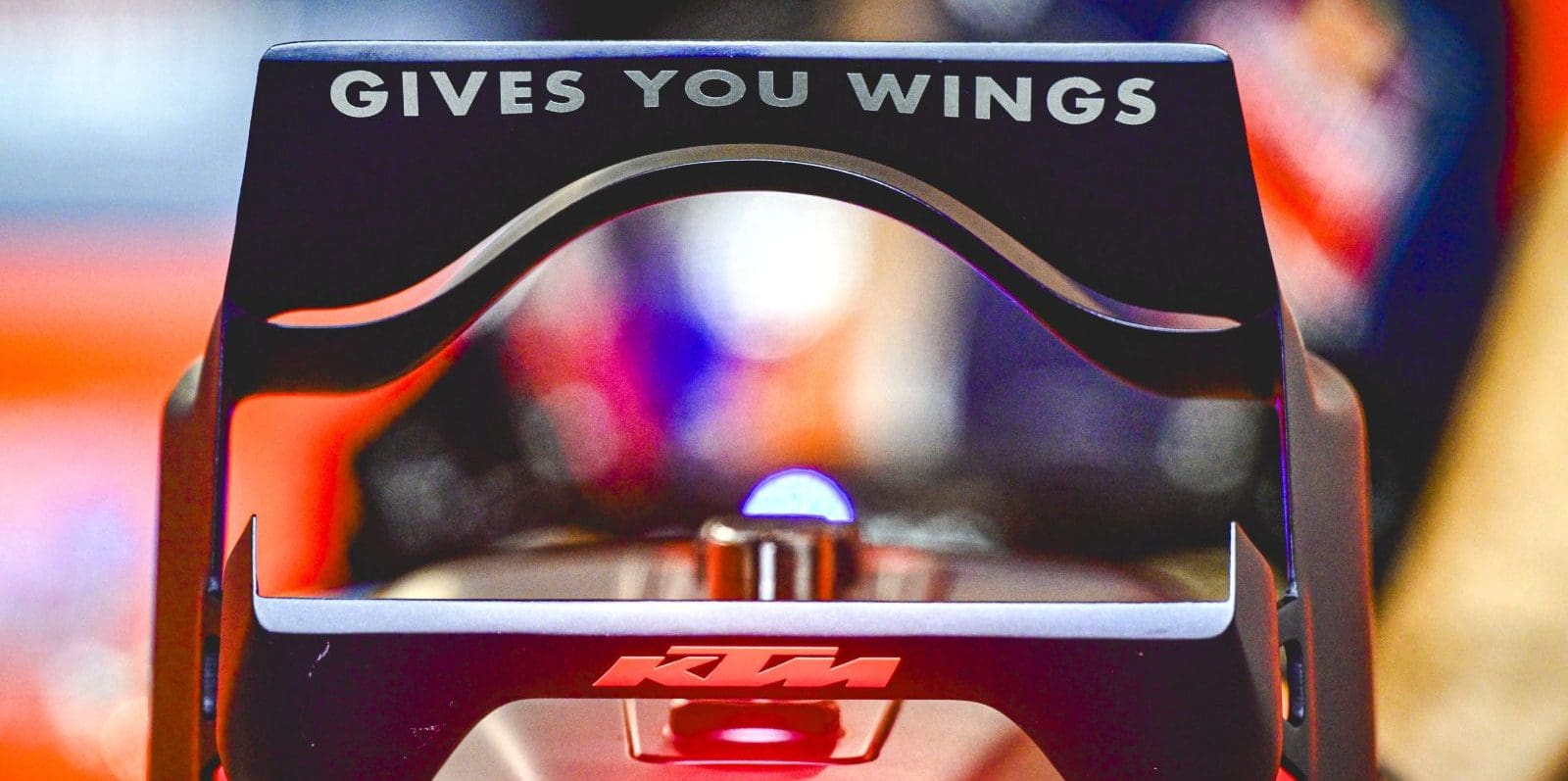From 2018, it will be compulsory across all classes within the FIM MotoGP World Championship for riders’ race suits to be fitted with airbag systems. These must be worn in every session by every permanent rider, and must be functional when on track. Wildcard riders are the only exceptions, and replacement riders are exempt from the rule for their first two events only. Thereafter, replacement riders’ suits are subject to the same requirements and specifications as those of permanent entrants.
The airbag should cover and protect at least the shoulders and the collarbone. Full or central back protection is optional. However, if a manufacturer chooses to have back protection, it must cover the whole spine. Small variations according to the specifics of each system are allowed, as are variations to accommodate the different morphology of each rider, but the same key areas and guidelines are in place for every manufacturer.
Each airbag system must pass a series of tests to prove it fully complies with the regulations. Requirements range from the battery and electronics to deployment and inflation times, with accidental deployment also an important factor. An accidental deployment of the airbag must not risk causing a rider to crash or impede a rider from controlling their motorcycle. In addition, airbag systems must not require any parts to be added to the motorcycle, and must be triggered without the rider being tethered to the bike.
Each manufacturer must self-certify on the official documentation for the suit that their system fully complies with the regulations and reaches these standards. They must also declare the reliability of their system based on internal testing.
These regulations mark yet another step towards increased rider safety, with the FIM, IRTA and Dorna all committed to making sure MotoGP is as safe as possible – and always evolving.

